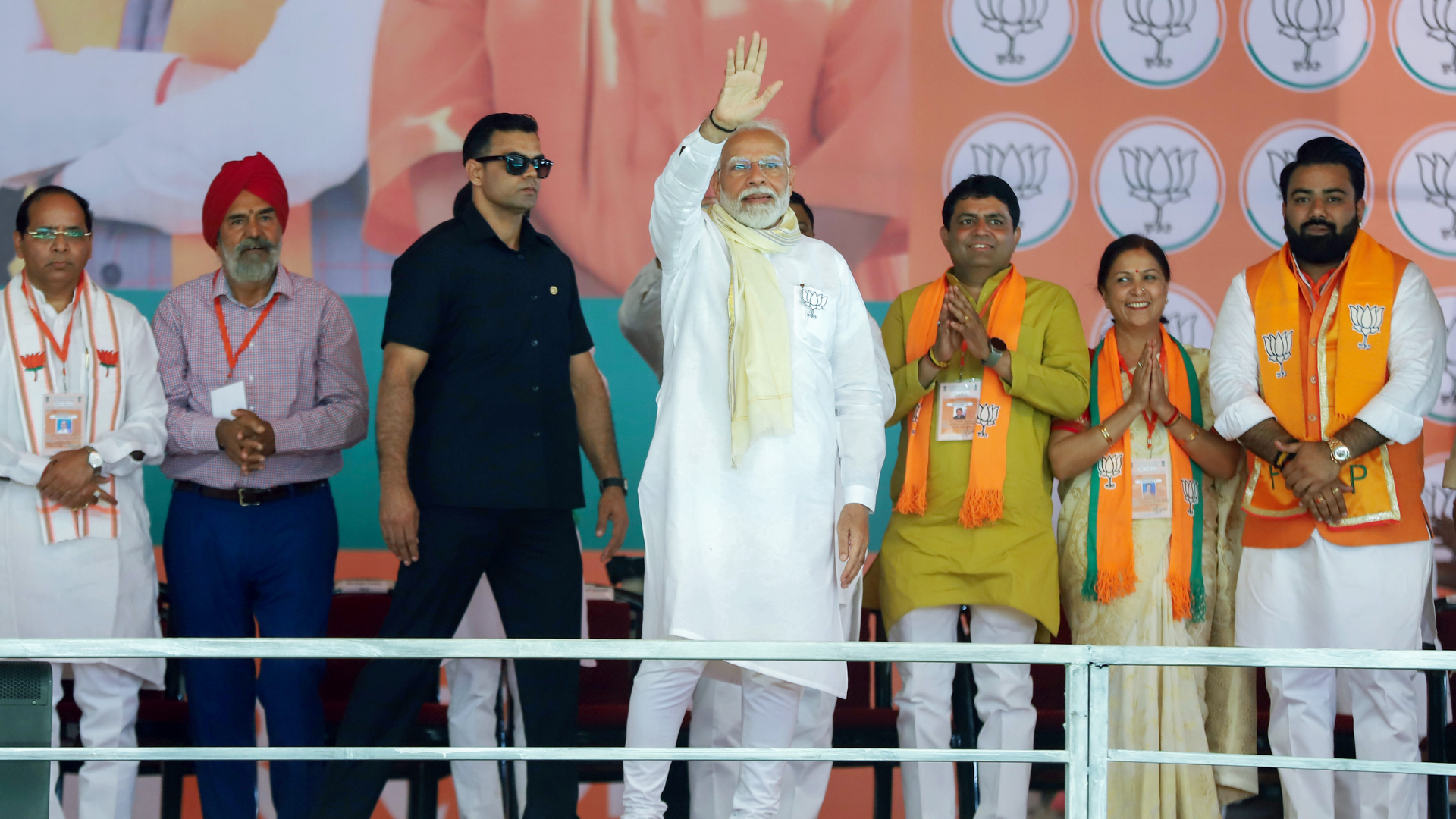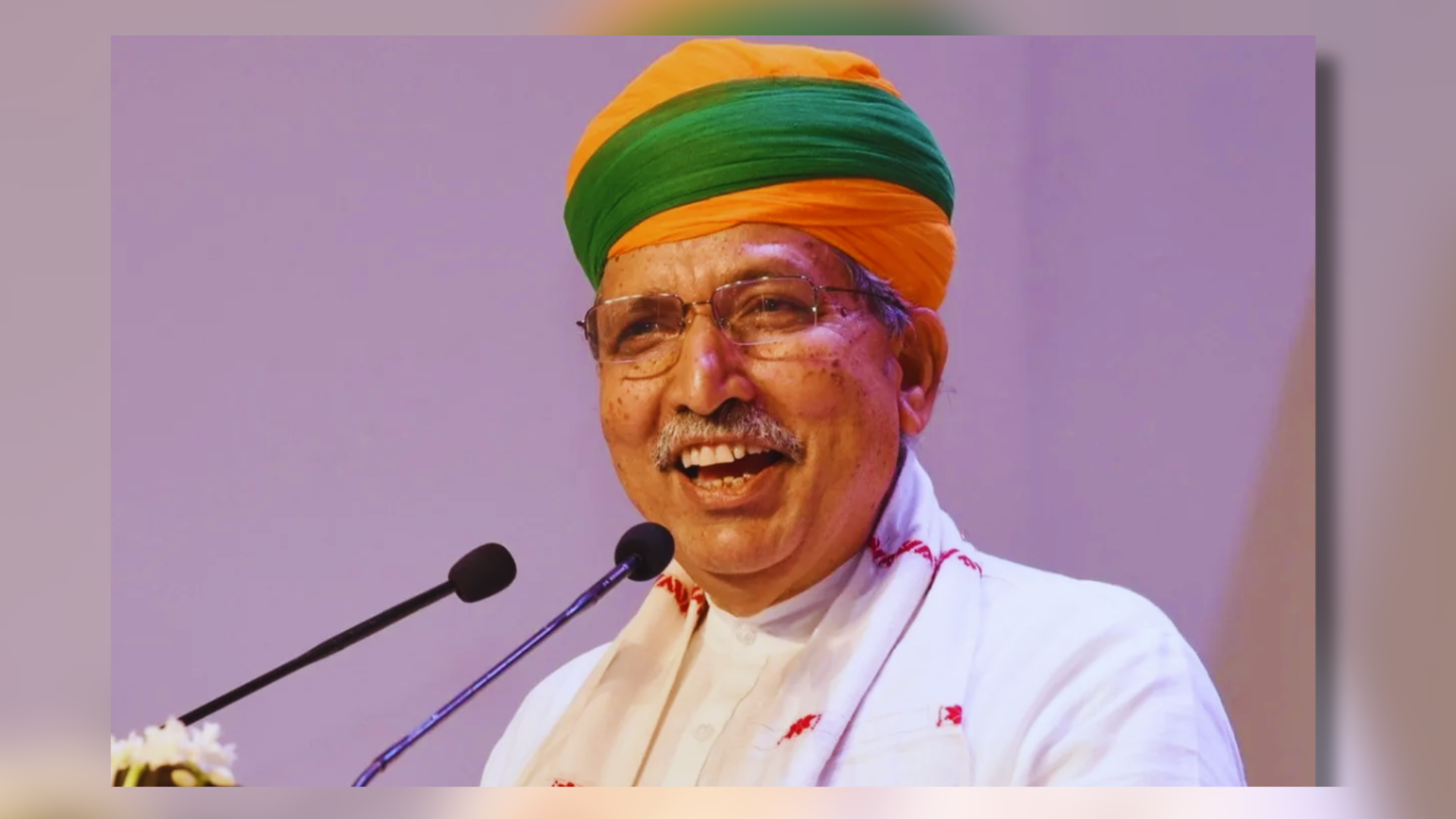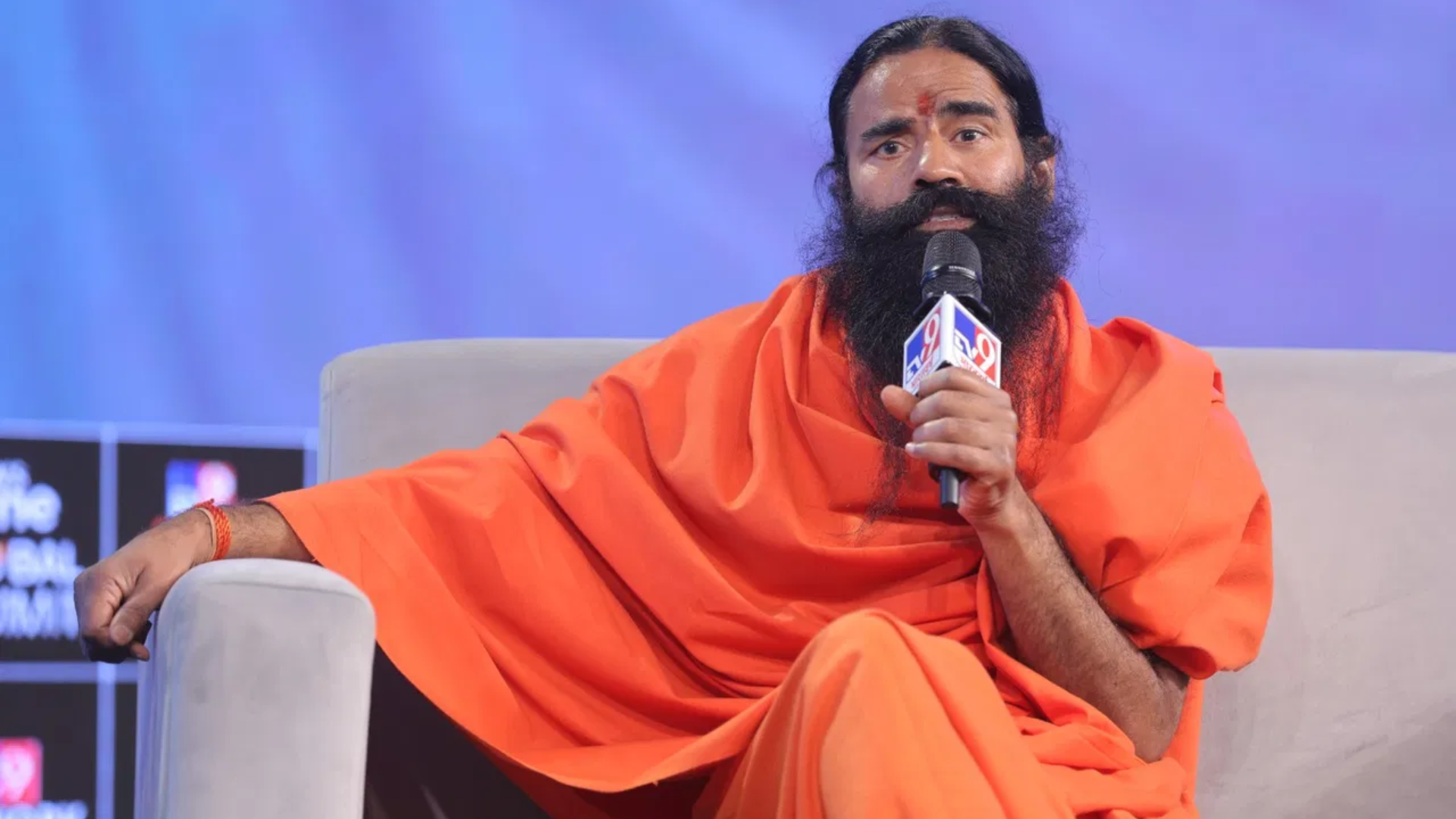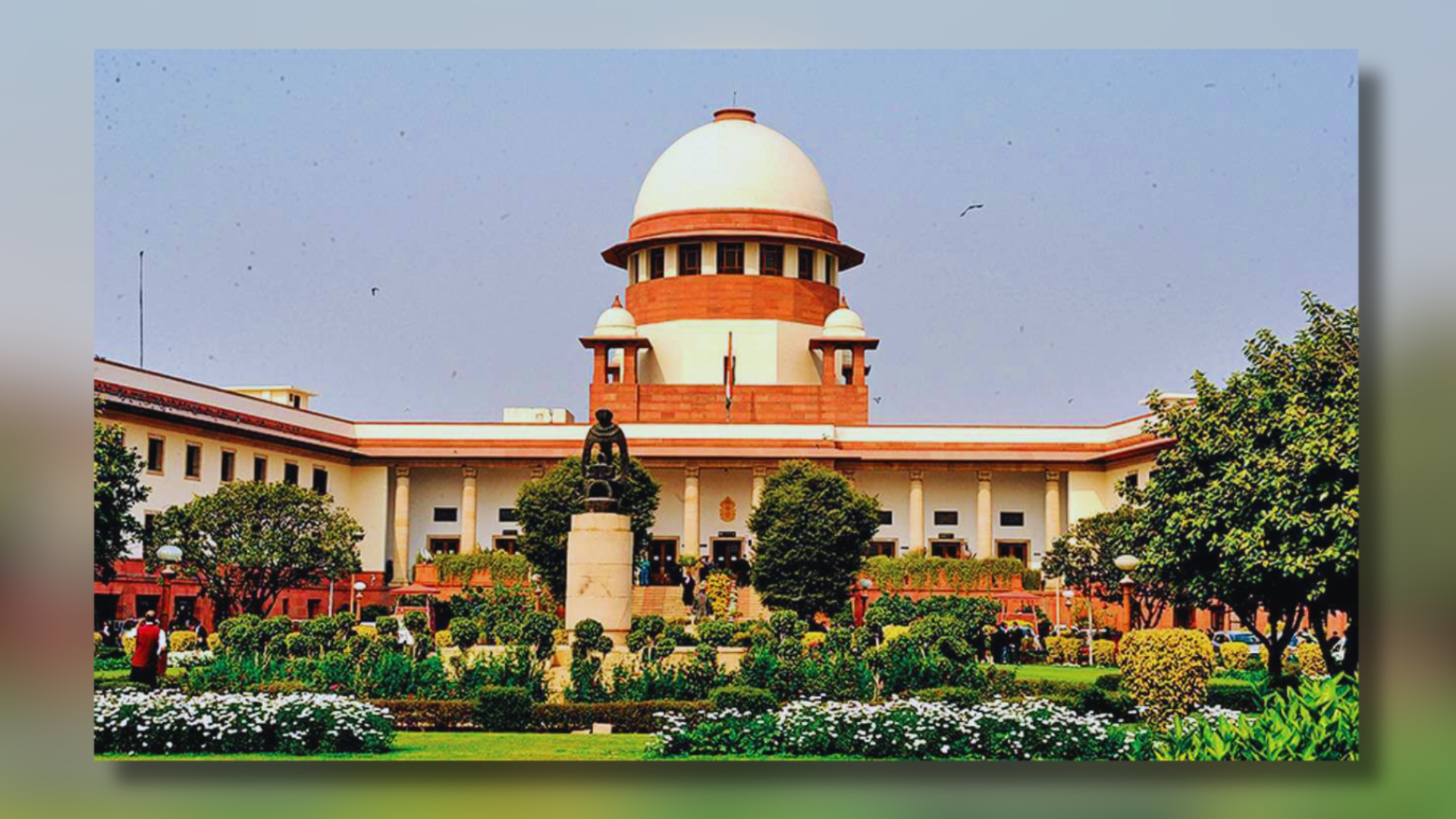






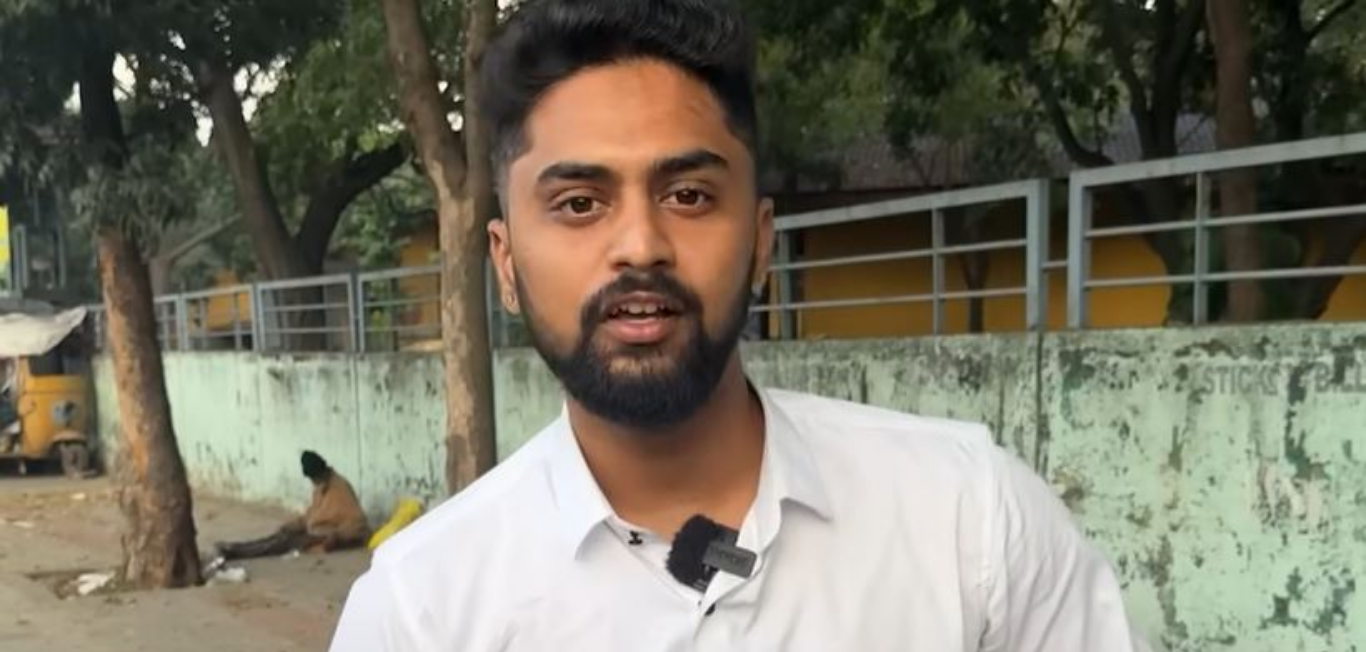
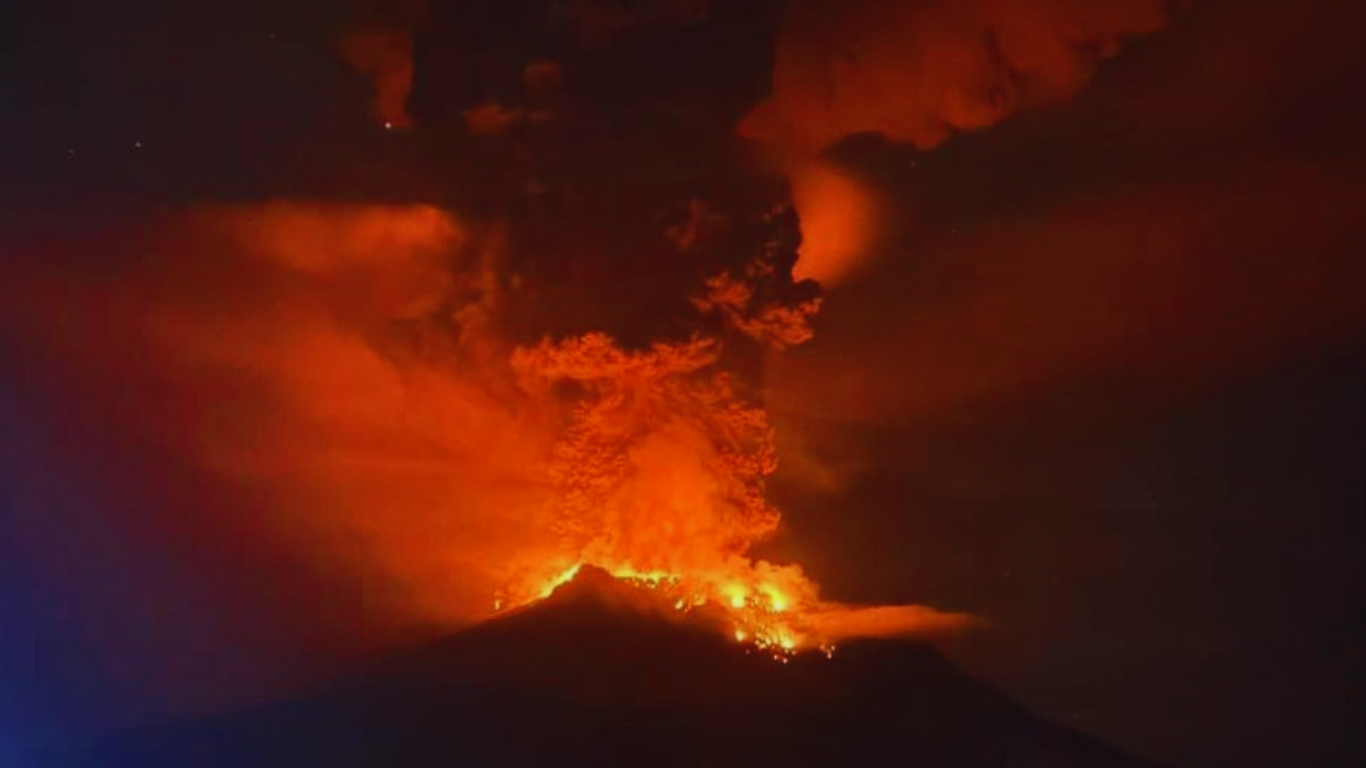
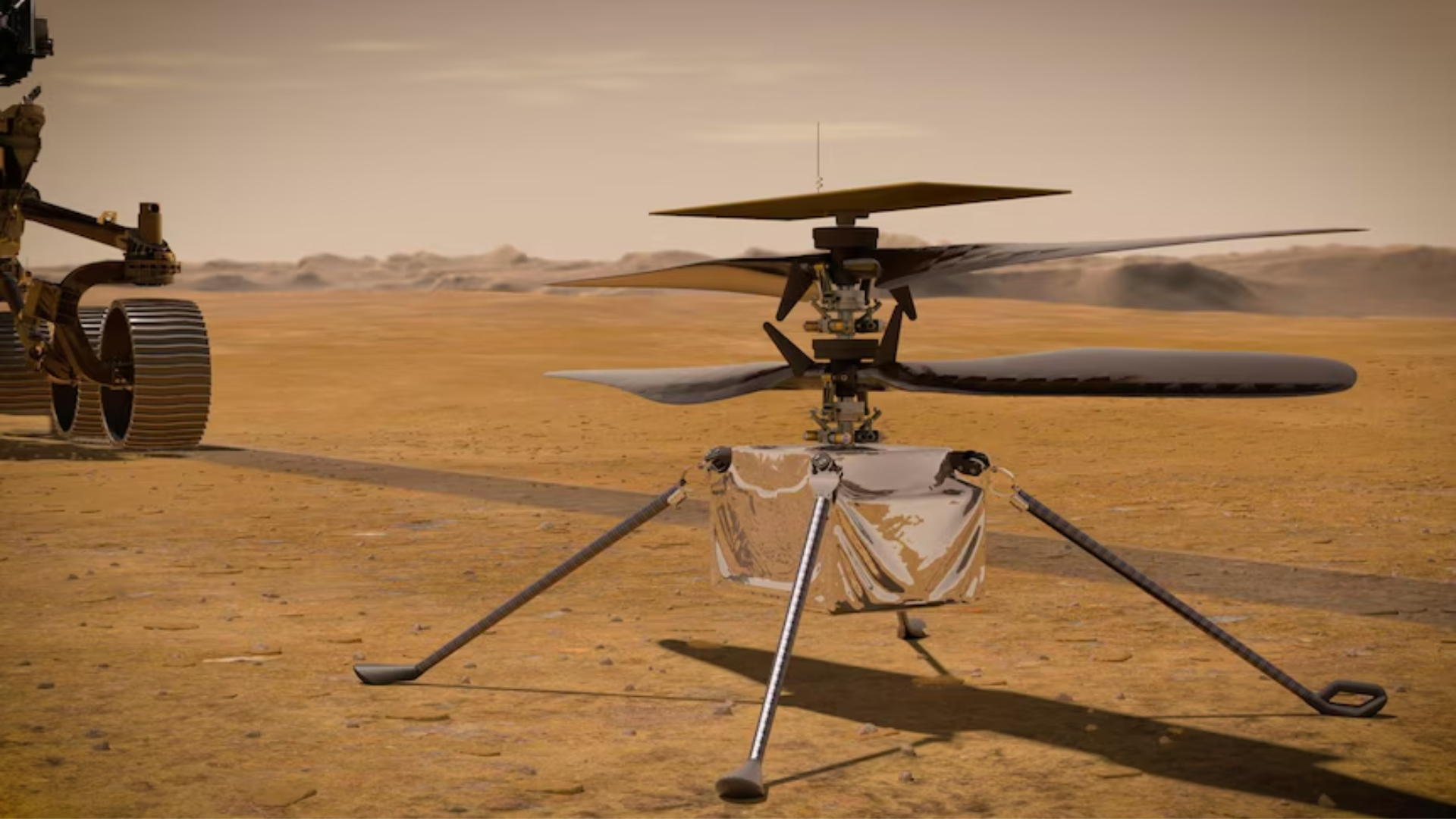

Early on Sunday morning, India’s largest launch vehicle—now known as the Launch Vehicle Mark III (LVM3) rather than the Geosynchronous Launch Vehicle Mark III (GLSV-MK III)—successfully placed 36 satellites of the OneWeb broadband network in five precise orbital phases.
At 1:42 a.m., the space agency declared, “LVM3 M2/OneWeb India-1 mission is successfully completed. Following a tracking blackout during which 20 of the 36 satellites were deployed, all of the satellites have now been placed into their appropriate orbits.
Sixteen (satellites) have been separated very securely as we anticipated, the Isro chairwoman S Somanath said, and the remaining 20 satellites will be separating when we are unable to see it from this point (the rocket would be on the opposite side of the planet), and the data will arrive a little later. This was about 37 minutes after the lift-off from the second launch pad of the nation’s only spaceport in Sriharikota. In addition to wishing everyone a happy Diwali, the chairwoman noted that the space agency had begun the festivities a bit early.
In addition, he disclosed that the next LVM-M3 flight of the same launch vehicle will include the addition of 36 more OneWeb satellites.
This was the LVM3’s first venture into the commercial space market—indeed, any launch vehicle other than Isro’s workhorse PSLV. India also joined the market for heavier launch vehicles at the same time. The mission, however, was not just focused on helping India position itself to increase its share of the commercial space market (which now represents only 2% while being one of the top space fairing nations).
This launch vehicle carried several satellites for the first time, placing them in low Earth orbit.
This was also the first launch of a 6-ton payload into orbit by an Indian rocket. The 36 satellite payloads together weighed about 5.8 tonnes, making them the space agency’s biggest payloads to date. Up to 8 tonnes may be sent to low earth orbit with the LVM3 rocket. The PSLV is substantially lighter than other vehicles and has a payload capacity of 1.4 to 1.75 tonnes.
In reality, some of the 2 to 5 tonne GSAT satellites were launched by the European launch service Arianespace before the LVM3 being active. Chandrayaan 2 was the LVM3’s first operational mission following two development flights. Even after that, Arianespace flew two GSAT flights, the most recent of which was in June of this year.
Due to the fact that all four of LVM3’s missions were successful, it has also been demonstrated that it is a dependable launch vehicle. This is crucial because the Gaganyaan mission will send our astronauts to space aboard the vehicle, which is now human-rated. “LVM3 is now being human-rated for the Gaganyaan human spaceflight mission. Additionally, additional successful confidence-boosting tests of all propulsion systems are being carried out as part of the human rating, according to a video message by Dr. S. Unnikrishnan Nair, director of the Vikram Sarabhai Space Centre.
Network Access Associated Limited, located in the United Kingdom, proposes to build a 588-satellite constellation with Bharti, an important investor from India, to offer high-speed, low-latency worldwide connections.
These satellites will be arranged in 12 rings of 49 satellites each, with each ring taking 109 minutes to complete one full orbit of the globe. OneWeb launched the fourteenth satellite, bringing the fleet’s total number of active satellites to 464. With the launch of an additional 36 satellites, ISRO is expected to complete the constellation by the end of the next year.
The duration of the present mission, from liftoff to the deployment of the final satellite, was more than 5,500 seconds, or 91 minutes.
This was due to the fact that Isro was required by the corporation to verify that the satellites were precisely injected into a 600 km orbit as well as that they did not subsequently crash with one another.
The customer’s requirement of a minimum 137 metre spacing between each pair of satellites must be maintained, according to Dr. Nair, as the mission requires the separation of all 36 satellites into a 600 km orbit. This is accomplished by rotating and revolving the cryo stage, which is the third stage of the rocket.
“Precision injection is essential so that they do not clash during separation,” said Dr. D Sam Dayala Dev, director of ISRO’s Inertial Systems Unit. They shouldn’t just avoid colliding, but also keep their distance over time. This necessitates certain manoeuvres, launch vehicle pointing, and the addition of incremental velocity between satellite separations. This needs to be carried out extremely precisely.

